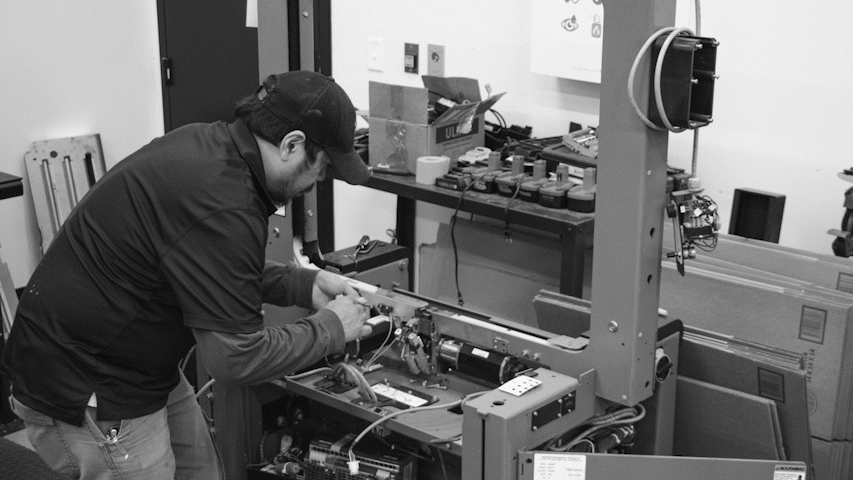Here are some strategies to help you achieve a balance between cost savings and quality with your products’ packaging:
1. Optimize Packaging Design
- Minimize Material Usage: Streamline the design to use the least amount of material necessary while still providing adequate protection. This might include reducing excess layers or eliminating unnecessary components.
- Right-Sizing: Ensure that the packaging fits the product snugly without excess space. Overly large packaging not only wastes material but can also increase shipping costs.
2. Choose Cost-Effective Materials
- Alternative Materials: Explore materials that offer similar protection but at a lower cost. For example, switching from rigid to flexible packaging can reduce costs.
- Bulk Purchasing: Buying materials in larger quantities often reduces the per-unit cost. Establish relationships with suppliers to negotiate better deals.
3. Simplify Packaging
- Reduce Complexity: Simplified packaging designs often require less labor and fewer materials to produce. Avoid overly complicated designs that add unnecessary costs.
- Standardization: Standardize packaging sizes and shapes across different products where possible. This can lead to economies of scale in production and reduce costs.
4. Improve Production Efficiency
- Automation: Investing in automated packaging machinery can reduce labor costs and increase consistency, reducing the likelihood of errors that can lead to waste.
- Lean Manufacturing: Implement lean manufacturing principles to identify and eliminate waste in the packaging process. Streamlining operations can lead to significant cost savings.

5. Use Lightweight Materials
- Lighter Packaging: Switch to lighter materials that still proide adequate protection. This can reduce both material and shipping costs. However, ensure that the lighter material still meets quality and durability standards.
6. Sustainable Packaging
- Recycled Materials: Use recycled materials where possible, which can often be less expensive and environmentally friendly. Some recycled materials are also lighter, which can further reduce shipping costs.
- Reusable Packaging: If feasible, consider packaging that can be reused or returned, reducing the need for constant production of new materials.
7. Review and Test Regularly
- Continuous Improvement: Regularly review your packaging design and materials to identify new opportunities for cost savings. Testing new materials and designs can lead to cost-effective alternatives.
- Quality Testing: Ensure that any cost-cutting measures do not compromise the quality by conducting rigorous testing. This helps to prevent future costs associated with product returns or damage.
8. Reduce Waste
- Waste Management: Implement practices to reduce waste during the packaging process. For example, reusing off-cuts or scraps can reduce material costs.
- Inventory Management: Efficient inventory management can prevent over-ordering of materials, which can lead to unnecessary waste and storage costs.
9. Evaluate Shipping Costs
- Dimensional Weight Pricing: Many carriers use dimensional weight (DIM) pricing. By reducing the size and weight of your packaging, you can lower shipping costs.
- Consolidated Shipping: Combine smaller packages into a single shipment to reduce overall shipping expenses.
10. Partner with Arnold Packaging!
Our packaging engineers can:
- Offer insights: Based on their experience with similar products.
- Provide samples: See and feel the packaging before committing.
- Ensure quality: Helping you avoid common pitfalls and ensuring a professional finish.
Ready to get started? Give us a call for a free consultation at 855-276-6537 or submit a quick form and we’ll get right back to you.
Laura Cadden
Arnold Packaging
Protecting Your Product & Your Profit







